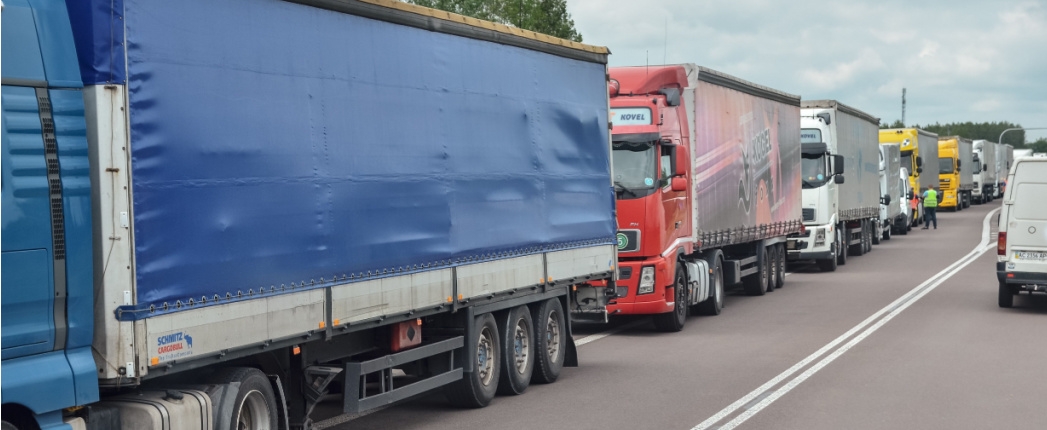
Poland’s lubricant market contracted 2% in 2022, impacted by a European energy crises amplified by the war in Ukraine and related sanctions and by changes in purchasing habits of large lube consumers, according to the latest report on the Polish oil Industry by an oils industry and trade organization.
The country consumed 237,219 metric tons of finished lubricants last year, down from 241,973 tons in 2021. Of this, 59%, or 140,115 tons, were automotive lubes, while the industrial segment had 97,103 tons, the Polish Organization of Oils Industry and Trade said in its annual report.
According to the organization, electricity prices in the country increased 98% in 2022, leading some businesses that use large amounts to curb operations – and therefore lubricant use. The organization also said that large lube consumers built up inventories earlier in the COVID-19 pandemic to guard against supply chain disruptions and that some drew down on these inventories last year.
“The reduction or halt of production by energy-intensive companies were factors that affected the demand for industrial lubricants,” the organization said in its report published last week. “In 2022, lubricating oils were available on the market all year round. However, in the face of a deteriorating market condition, companies were looking for savings and willingly consumed their own stocks, which negatively affected the market for lubricants.”
Automotive engine oils demand dipped 1% last year to 115,399 tons, accounting for 47% of the total market and 82% of the automotive segment. Passenger car engine oil demand rose less than 1% to, 70,010 tons while heavy-duty engine oil consumption dropped 4% to 41,040 tons.
“Demand for motor oils for passenger car approached almost 30% of the total lubricant market, and it is due to consistently increasing sales of 0W and 5W grade oils, supported by the progressive replacement of the car fleet that will drive demand for modern passenger car lubricants,” the report said, adding that these grades accounted for 82% of the market demand for passenger car motor oils, a 6% increase over 2021.
The share of heavier grades – such as 10W, 15W and 20W – continued to shrink and together accounted for only 5%.
The share of the heavy-duty engine oils decreased from 21% to 17%.
“The Russian aggression against Ukraine had a very strong impact on transport companies, with rising fuel prices and the closure of some countries’ markets to transport services proving particularly acute,” the organization commented.
“This led to the breakdown of existing supply chains. The most affected were innovation-oriented and environmentally friendly companies that had invested in liquid natural gas fueled trucks. With the price of liquid natural gas rising several times in 2022, green fleets were grounded in car parks to minimize losses.”
In the industrial segment, hydraulic oils remained the oil in the highest demand. Its share of the total market was 17%, down slightly. The largest increase in market share, 1%, was recorded for white oils, which now account for 2% of the total market. Machine oil demand decreased slightly
Poland’s consumption of industrial lubes fell 2% in 2022.
“The record increases in the energy prices, disrupted supply chains, a complete change in priorities in rail transport are just some of the factors that prompted reductions or temporary halts in production, especially for energy-intensive companies” the organization commented.
Demand for hydraulic oils contracted by 4%.
Poland’s lubricant industry was also affected by higher base oil prices, “particularly evident between March and September,” but at least base oils were widely available in the country, unlike in 2021.